
Find Help
More Items From Ergsy search
-

How is Type 2 Diabetes diagnosed?
Relevance: 100%
-

Type 1 Diabetes supporting adults to manage Type 1 diabetes
Relevance: 78%
-

Is Type 2 Diabetes hereditary?
Relevance: 77%
-
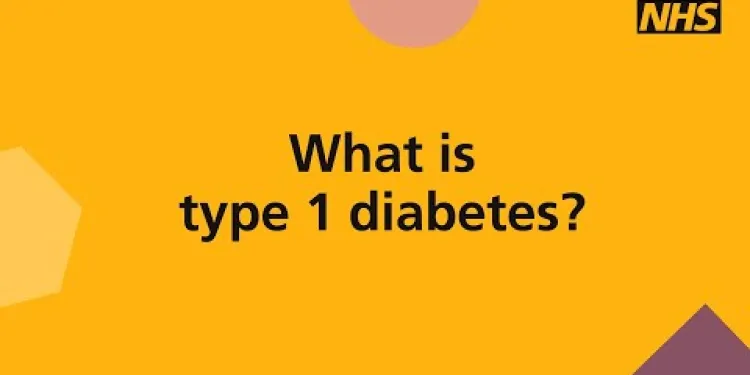
What is type 1 diabetes?
Relevance: 75%
-
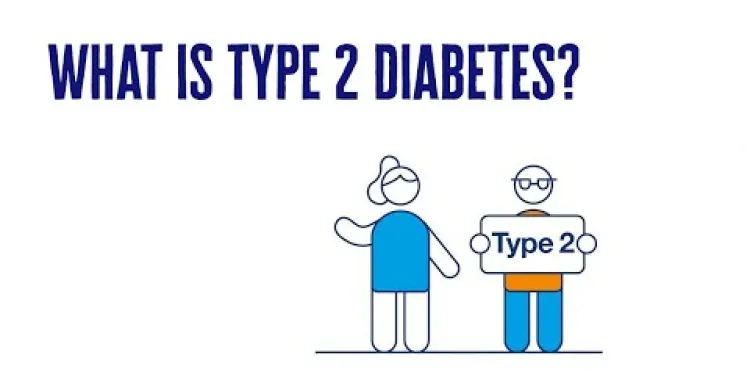
What Is Type 2 Diabetes? | 2 Minute Guide | Diabetes UK
Relevance: 73%
-

Can Type 2 Diabetes go away?
Relevance: 71%
-

How to manage type 2 diabetes
Relevance: 70%
-

Is Ozempic suitable for type 1 diabetes?
Relevance: 68%
-

What causes Type 2 Diabetes?
Relevance: 68%
-

Can Type 2 Diabetes be prevented?
Relevance: 67%
-

What are the symptoms of Type 2 Diabetes?
Relevance: 67%
-

NHS Diabetes Prevention Programme; Preventing Type 2 and improving outcomes for people with diabetes
Relevance: 65%
-

Can Mounjaro be used in type 1 diabetes?
Relevance: 65%
-

How is Type 2 Diabetes treated?
Relevance: 64%
-

What complications are associated with Type 2 Diabetes?
Relevance: 64%
-

What is the role of insulin in Type 2 Diabetes?
Relevance: 64%
-

Can stress affect my Type 2 Diabetes?
Relevance: 63%
-

Where can I find support for managing Type 2 Diabetes in the UK?
Relevance: 63%
-

Is Wegovy used for type 2 diabetes management?
Relevance: 62%
-
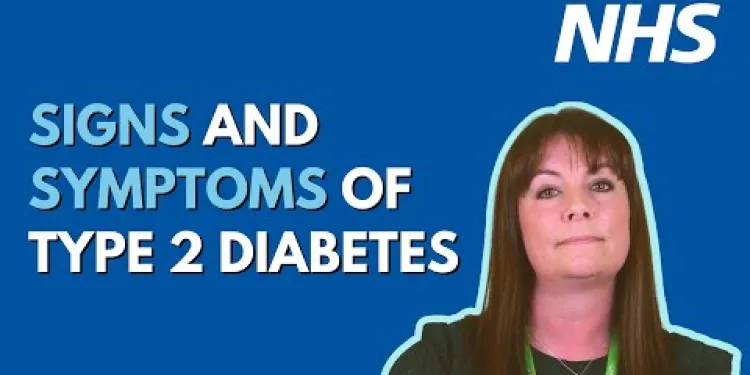
Type 2 diabetes - common signs and symptoms UHL NHS Trust
Relevance: 60%
-

What can I eat if I have Type 2 Diabetes?
Relevance: 55%
-
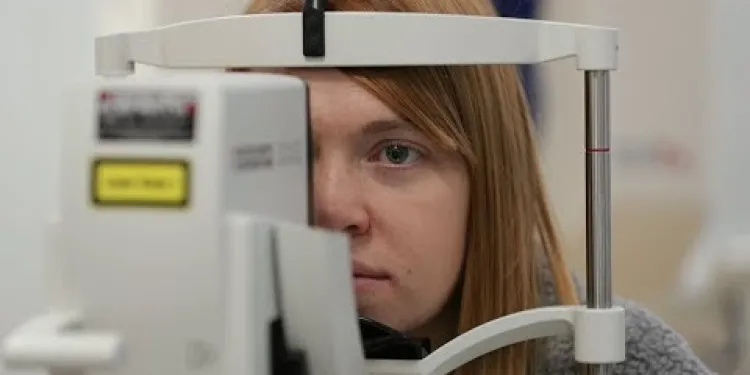
Patient voices in type one diabetes - I would have done things differently.
Relevance: 54%
-
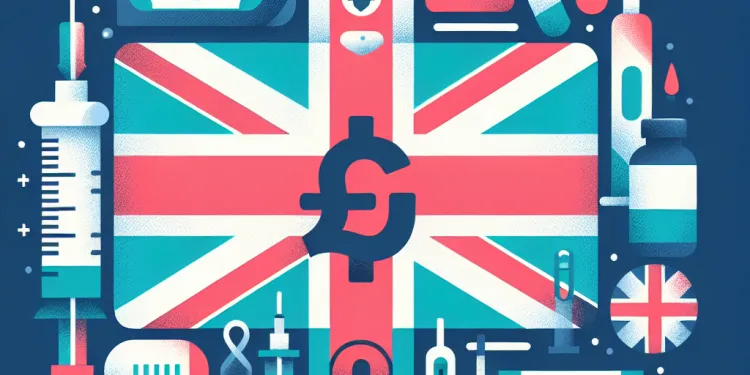
Can GLP-1 be used for type 1 diabetes?
Relevance: 51%
-
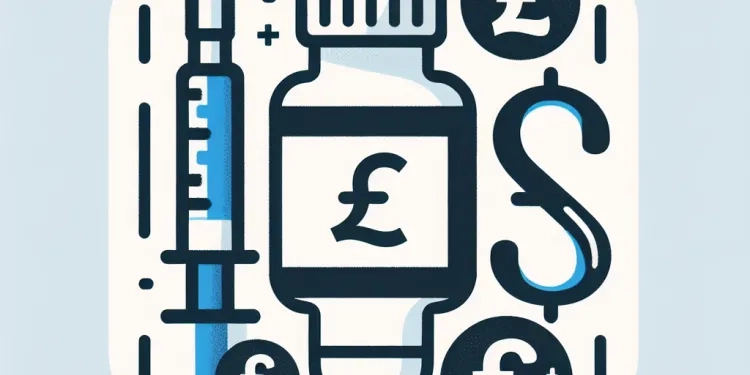
Is Teplizumab used to treat diabetes?
Relevance: 49%
-
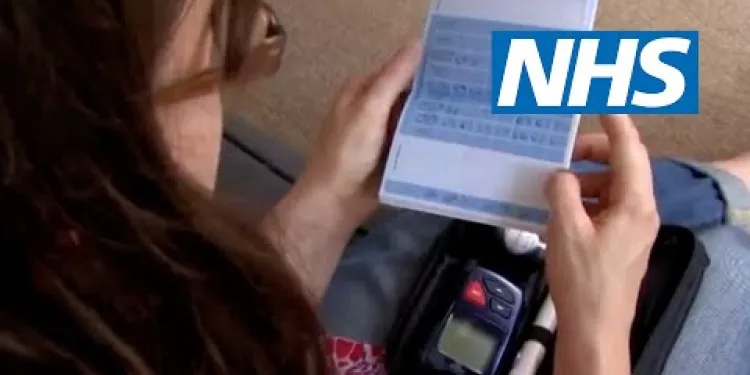
Gestational diabetes | NHS
Relevance: 49%
-
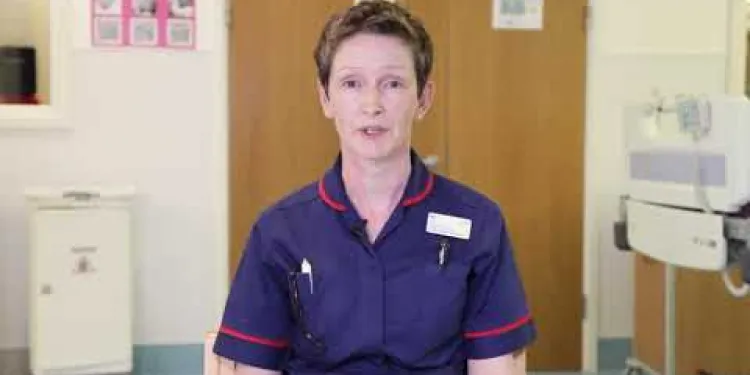
Gestational Diabetes during pregnancy
Relevance: 49%
-
What is Barbie Doll Diabetes?
Relevance: 47%
-
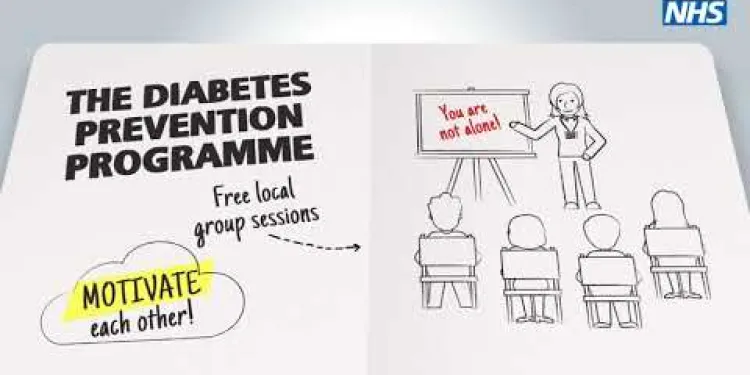
Hansa's story - The NHS Diabetes Prevention Programme
Relevance: 47%
-
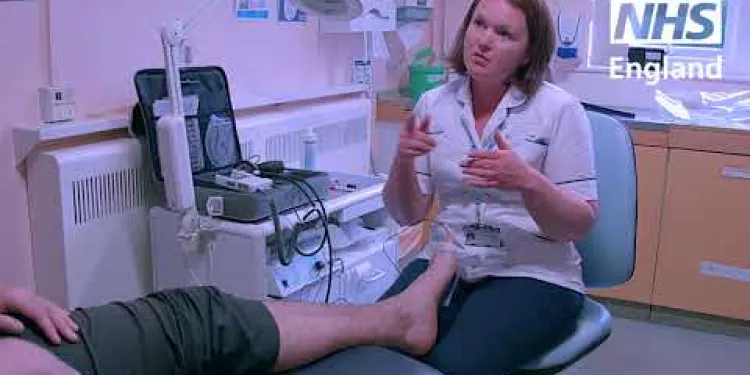
Improving outcomes for people with diabetes
Relevance: 47%
-

Derbyshire Diabetic Eye Screening - Diabetic Eye Screening
Relevance: 45%
-
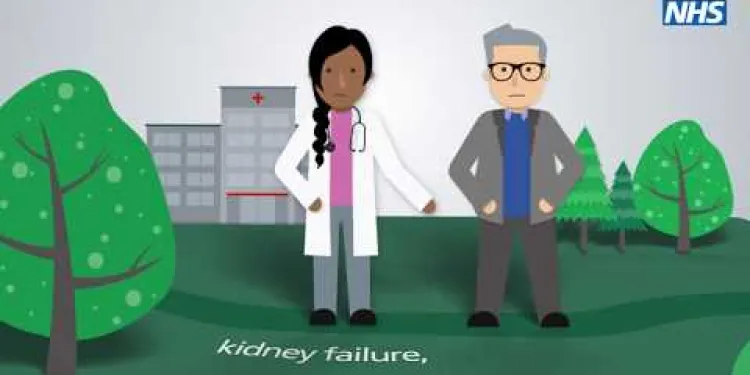
The NHS Diabetes Prevention Programme story
Relevance: 45%
-

Diabetes Eye Screening
Relevance: 45%
-
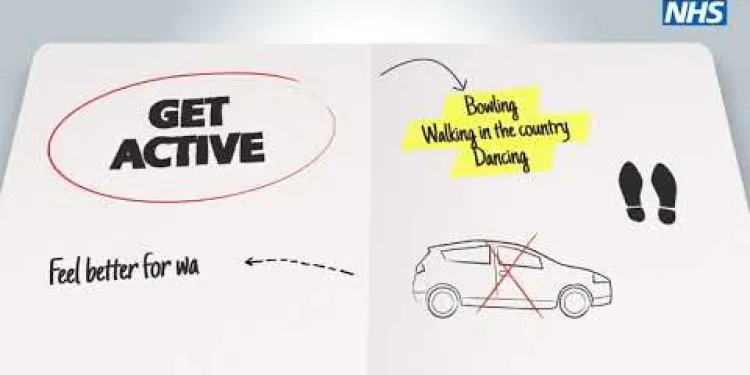
Pam’s story - The NHS Diabetes Prevention Programme
Relevance: 43%
-
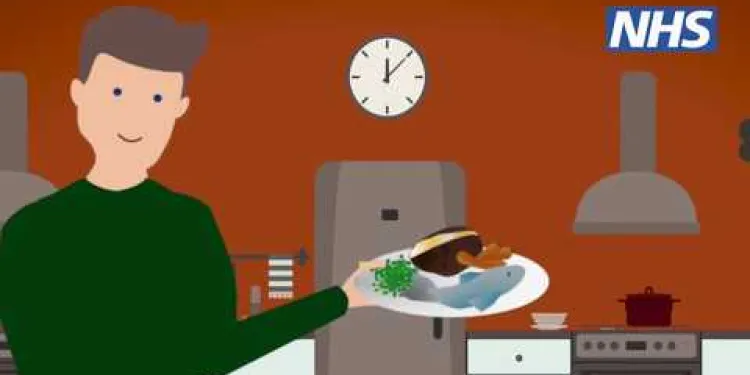
Tom's story (NHS Diabetes Prevention Programme)
Relevance: 42%
-

Tom's story (NHS Diabetes Prevention Programme)
Relevance: 42%
-

Diabetic Foot Conditions Podiatrist
Relevance: 41%
-
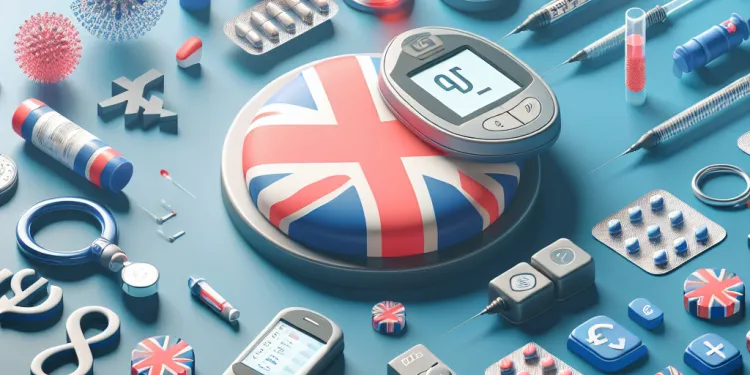
What role does GLP-1 play in diabetes management?
Relevance: 41%
-

Sarah and Glinys Managing Diabetes into remission Jan2019
Relevance: 41%
-
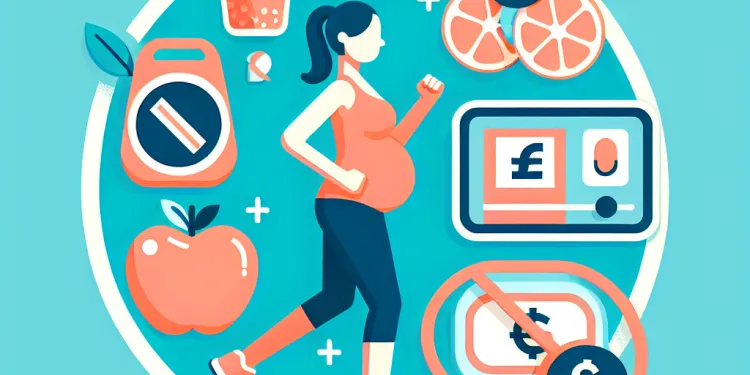
Can exercise help prevent gestational diabetes?
Relevance: 41%
-

Can I take Ozempic with other diabetes medications?
Relevance: 41%
Introduction to Type 2 Diabetes Diagnosis
Type 2 diabetes is a chronic medical condition characterized by insulin resistance and high blood glucose levels. Proper diagnosis is crucial for managing the condition and preventing complications. In the UK, healthcare professionals use a combination of medical history, physical exams, and laboratory tests to accurately diagnose type 2 diabetes.
Initial Consultation and Medical History
The diagnostic process for type 2 diabetes often begins with an initial consultation with a healthcare professional. During this consultation, the doctor will discuss the patient's symptoms, family medical history, and any risk factors that may contribute to the development of diabetes. Common symptoms include excessive thirst, frequent urination, fatigue, and unexplained weight loss. A thorough medical history helps the doctor determine the likelihood of diabetes and the need for further testing.
Physical Examination
A physical examination is usually performed to check for signs that may indicate diabetes. This can include checking the patient's blood pressure, as hypertension is often associated with diabetes. The doctor may also look for acanthosis nigricans, a skin condition characterized by dark, velvety patches that can be a sign of insulin resistance.
Blood Tests for Diagnosis
The diagnosis of type 2 diabetes is confirmed primarily through blood tests. There are three main tests used:
HbA1c Test
The HbA1c test, also known as the glycated hemoglobin test, measures the average blood glucose level over the past two to three months. It is a critical test for diagnosing diabetes and prediabetes. In the UK, an HbA1c level of 48 mmol/mol (6.5%) or higher is indicative of diabetes.
Fasting Plasma Glucose (FPG) Test
The FPG test measures blood sugar levels after an overnight fast. It helps determine how effectively the body manages glucose. A fasting blood glucose level of 7.0 mmol/L or above may confirm a diabetes diagnosis.
Oral Glucose Tolerance Test (OGTT)
The OGTT involves measuring blood glucose levels before and two hours after consuming a glucose-rich drink. This test evaluates how the body processes glucose over time. A two-hour glucose level of 11.1 mmol/L or higher generally indicates diabetes.
Additional Considerations
Occasionally, further testing may be needed if the results are borderline or if there's a need to distinguish between type 1 and type 2 diabetes. A C-peptide test, for example, measures the amount of insulin being produced by the pancreas.
Conclusion
Diagnosing type 2 diabetes involves a comprehensive approach utilizing medical history, physical examination, and specific blood tests. Early and accurate diagnosis in the UK allows individuals to begin appropriate treatment and management strategies, reducing the risk of complications and improving overall health outcomes.
What is Type 2 Diabetes?
Type 2 diabetes is a health problem that lasts a long time. It happens when the body doesn't use insulin well and sugar levels in the blood become too high. Finding out if someone has type 2 diabetes is very important. It can help manage the condition and stop more health problems. In the UK, doctors use your medical history, check your body, and run tests to see if you have type 2 diabetes.
First Doctor's Visit
To find out if someone has type 2 diabetes, doctors start by talking to the person. During this meeting, the doctor asks about the person’s symptoms, like feeling very thirsty, peeing a lot, feeling very tired, and losing weight without trying. The doctor also asks about any family members who have diabetes. This history helps the doctor decide if the person needs more tests.
Checking the Body
The doctor will check the person’s body for signs of diabetes. This can include checking blood pressure since high blood pressure can be linked to diabetes. The doctor also looks for dark, thick skin patches, which can be a sign that the body isn't using insulin well.
Blood Tests to Find Diabetes
Doctors use blood tests to tell if a person has type 2 diabetes. Here are the three main tests:
HbA1c Test
The HbA1c test checks how much sugar is in the blood on average over the past two to three months. A score of 48 mmol/mol (6.5%) or higher means the person may have diabetes.
Fasting Plasma Glucose (FPG) Test
For this test, the person doesn't eat overnight. Then, their blood sugar is tested in the morning. If the score is 7.0 mmol/L or higher, the person may have diabetes.
Oral Glucose Tolerance Test (OGTT)
With this test, the person drinks something sweet. Then, the blood sugar is checked before and two hours after drinking. A score of 11.1 mmol/L or higher may mean the person has diabetes.
More Testing
Sometimes, more tests are needed. This happens if the scores are close to the cut-off or to tell the difference between type 1 and type 2 diabetes. One such test is the C-peptide test, which measures how much insulin the body is making.
Summary
Finding type 2 diabetes involves knowing the person’s medical history, checking their body, and doing blood tests. Finding out early means people can get the right help and stop the condition from getting worse. This leads to better health in the long run.
Frequently Asked Questions
What tests are commonly used to diagnose Type 2 Diabetes?
The most common tests are the fasting plasma glucose (FPG) test, the oral glucose tolerance test (OGTT), and the A1C test.
What is the fasting plasma glucose (FPG) test?
The FPG test measures blood sugar after a period of fasting, typically at least 8 hours.
What blood sugar level indicates diabetes in the FPG test?
A fasting blood sugar level of 126 mg/dL (7.0 mmol/L) or higher indicates diabetes.
Can diabetes be diagnosed with the A1C test?
Yes, the A1C test measures average blood sugar levels over the past 2 to 3 months, with an A1C level of 6.5% or higher indicating diabetes.
What is an oral glucose tolerance test (OGTT)?
The OGTT measures blood sugar two hours after consuming a glucose-rich drink, and is often used to diagnose gestational diabetes.
What OGTT result indicates Type 2 Diabetes?
A blood sugar level of 200 mg/dL (11.1 mmol/L) or higher after two hours indicates diabetes.
How often should adults be tested for Type 2 Diabetes?
Adults over the age of 45 should be tested every three years, or more frequently if they have risk factors for diabetes.
What are some risk factors for Type 2 Diabetes?
Risk factors include being overweight, inactive, having a family history of diabetes, and being over the age of 45.
Can a urine test diagnose Type 2 Diabetes?
Urine tests are not used to diagnose diabetes but can indicate possible kidney issues related to diabetes.
What is a normal A1C level?
A normal A1C level is below 5.7%.
How does obesity relate to Type 2 Diabetes diagnosis?
Obesity is a significant risk factor, and individuals with obesity are often screened more frequently for diabetes.
Is fasting required for the A1C test?
No, fasting is not required for the A1C test.
Can Type 2 Diabetes be diagnosed with one test?
Diagnosis typically requires two abnormal test results from the same sample or on separate days.
Do symptoms need to be present for a diabetes diagnosis?
No, some individuals may be diagnosed through routine screening without obvious symptoms.
What sample is required for an FPG test?
A blood sample drawn from a vein in the arm is required.
How is blood sugar measured in the tests for diabetes diagnosis?
Blood sugar is measured in milligrams per deciliter (mg/dL) or millimoles per liter (mmol/L).
What is the diagnostic significance of hemoglobin A1C?
Hemoglobin A1C provides an average blood sugar level over a few months, reflecting long-term glucose control.
Can Type 2 Diabetes onset be asymptomatic?
Yes, many people have Type 2 Diabetes for years without noticeable symptoms.
Are there alternative tests for diabetes diagnosis?
In some cases, additional tests such as C-peptide or insulin autoantibody tests are used to distinguish between Type 1 and Type 2 Diabetes.
Why might a doctor choose one test over another?
The choice depends on factors like patient history, symptoms, and whether a quick diagnosis is needed, as some tests provide immediate results while others may take longer.
What tests are used to find out if someone has Type 2 Diabetes?
The most common tests to check blood sugar are:
- Fasting plasma glucose (FPG) test
- Oral glucose tolerance test (OGTT)
- A1C test
What is the fasting plasma glucose (FPG) test?
The fasting plasma glucose test is a blood test. It checks your sugar levels. You must not eat or drink (except water) for at least 8 hours before the test. It's often done in the morning.
This test helps doctors see if you have diabetes.
Helpful tips:
- Use a calendar or phone reminder to remember your test.
- Drink water to stay hydrated.
- Ask a friend or family member to go with you to the test.
The FPG test checks how much sugar is in your blood after you haven't eaten for at least 8 hours.
What blood sugar level shows diabetes in the FPG test?
The FPG test checks your blood sugar after you have not eaten for at least 8 hours.
If your blood sugar is 126 or higher, it might mean you have diabetes.
Helpful tips:
- Ask someone to help read or explain the test results to you.
- Use a calculator for numbers, if needed.
- Write things down to help remember important information.
If your blood sugar level is 126 mg/dL (7.0 mmol/L) or higher, it means you have diabetes.
Can the A1C test find out if someone has diabetes?
The A1C test can help doctors find out if a person has diabetes. The test looks at blood sugar levels over a few months.
Support tools like pictures or simple videos can help explain how the A1C test works. Also, if you have questions, you can ask a doctor or nurse to help you understand.
Yes, there is a test called the A1C test. It checks how high your blood sugar has been for the last 2 to 3 months. If your A1C level is 6.5% or higher, it means you might have diabetes.
What is an Oral Glucose Tolerance Test?
An Oral Glucose Tolerance Test (OGTT) is a test to see how your body handles sugar. It helps doctors check for diabetes.
Here is what happens:
- You drink a sweet sugary drink.
- Then, a nurse takes some blood from your arm to test it.
- After that, you wait for some time.
- The nurse takes more blood after a few hours to see how the sugar levels change.
If the sugar levels are high, it might mean you have diabetes.
It can be helpful to have someone with you during the test for support. Using a clock or timer can help you know when the next blood test happens.
The OGTT is a test. It checks blood sugar levels. You drink a sugary drink. After two hours, it checks your blood sugar. This test helps find gestational diabetes. Gestational diabetes is a type of diabetes some people get when they are pregnant.
What OGTT Result Means Type 2 Diabetes?
The OGTT stands for Oral Glucose Tolerance Test. It is a test that checks how your body handles sugar.
If the test shows a high sugar level, it might mean Type 2 Diabetes.
Here is how the test works:
- You drink a sugary drink.
- A doctor takes your blood to check the sugar level after 2 hours.
If your sugar level is high after 2 hours, it could mean Type 2 Diabetes.
If you need help, you can ask a nurse, doctor, or use a picture guide to understand better.
If your blood sugar level is 200 mg/dL (11.1 mmol/L) or higher, two hours after eating, it means you have diabetes.
How often should grown-ups get tested for Type 2 Diabetes?
It is important for adults to get checked for Type 2 Diabetes. This is a health condition that can happen when your body has trouble using sugar for energy.
Here is how often adults should get tested:
- Every 3 years: Grown-ups should get checked at least once every 3 years.
- More often if needed: Some people may need to get tested more often. This includes people who are overweight, don't exercise much, or have family members with diabetes.
Here are some tips to help you remember when to get tested:
- Use a calendar: Mark the next test date on a calendar.
- Set reminders: Use your phone to set reminders for your test dates.
- Talk to your doctor: Ask your doctor when you should get tested next.
If you are 45 years old or older, you should get a diabetes test every three years. If you have things that might make you more likely to get diabetes, you should get tested more often.
What can make it more likely to get Type 2 Diabetes?
Here are some things that might make it more likely for someone to get Type 2 Diabetes:
- Having family members with diabetes
- Not being very active
- Eating a lot of unhealthy food
- Being overweight
- Getting older
Using pictures or videos can help you learn and remember this information.
These things can make it more likely to get diabetes:
- Weighing too much.
- Not moving around or exercising much.
- If someone in your family has diabetes.
- Being older than 45 years.
Can a Pee Test Show Type 2 Diabetes?
Doctors can use a pee test to look for signs of type 2 diabetes.
It checks for sugar in your pee. If there is sugar, it might mean diabetes.
A blood test can give more information. It is good to talk to a doctor.
If reading is hard, try:
- Asking someone to read with you
- Listening to an audio version
- Using an app that reads text out loud
Urine tests do not check for diabetes, but they can show if there might be a problem with your kidneys because of diabetes.
What is a normal A1C level?
A normal A1C level is a way to check how much sugar is in your blood. It shows your average blood sugar level over the past 2 to 3 months.
A normal A1C level is usually below 5.7%. If it is higher, it means there is more sugar in the blood.
If you want help to understand your A1C level, you can:
- Ask a doctor or nurse to explain it to you.
- Use pictures or drawings to help understand the numbers.
- Use a calculator to see what different percentages mean.
An A1C level is normal if it is less than 5.7%.
How are being very overweight and Type 2 Diabetes linked?
Being very overweight can make people sick. Doctors check people who are very overweight more often to see if they have diabetes.
Do I have to fast before the A1C test?
No, you do not need to fast before an A1C test. You can eat and drink like normal. The A1C test checks your blood sugar levels over three months.
If you find it hard to understand, ask someone like a doctor or nurse for help. You can also use pictures or videos to learn more about the test.
No, you do not need to fast for the A1C test. Fasting means not eating or drinking anything but water.
Can a Doctor Tell if You Have Type 2 Diabetes with One Test?
Doctors check if you have Type 2 Diabetes by doing tests. Sometimes, one test can show if you have it. But usually, doctors do more than one test. This helps them be sure. If you are worried or have questions, you can ask your doctor. They can tell you more about the tests.
If reading is hard, you can ask someone to read with you or use tools that read out loud to help understand better.
To find out if someone is sick, doctors usually need to see two test results that are not normal. These results can come from the same test or from tests done on different days.
Do you need to have symptoms to find out if you have diabetes?
No, some people can find out they are sick even when they feel fine. This can happen during regular health check-ups.
What do you need for an FPG test?
To do an FPG test, you need a bit of your blood.
You might find it helpful to ask someone to explain the test to you.
A friend or family member can help you understand better.
We need to take a little bit of blood from your arm.
How do doctors check blood sugar for diabetes?
Doctors use tests to see how much sugar is in your blood. They do this to know if you have diabetes. Here is how they do it:
- Blood Test: Doctors take a little bit of blood. Then they look at it to check the sugar level.
- Special Drink Test: You might drink something sweet. After a while, doctors check your blood sugar to see how your body deals with sugar.
These tests help doctors know if you are healthy or need help.
Sometimes using pictures or a simple video can help you understand better.
We measure blood sugar in two ways:
- Milligrams per deciliter, shown as mg/dL
- Millimoles per liter, shown as mmol/L
What Does Hemoglobin A1C Tell Us About Health?
Hemoglobin A1C is a blood test. It helps doctors understand how much sugar is in your blood over a few months. This is important for checking if someone might have diabetes or how well their diabetes is being managed.
Helpful Tools: If reading is hard, ask someone to read this to you. You can also use apps that read text aloud.
Hemoglobin A1C is a test that shows your average blood sugar level over a few months. It helps you see how well you are controlling your sugar levels over time.
Tip: Try using a calendar to track your sugar levels daily. This can help you see patterns and manage your health better.
Can you have Type 2 Diabetes without knowing?
Yes, you can have Type 2 Diabetes without noticing any signs. This means you might feel fine but still have the illness. It is important to see a doctor for regular check-ups. They can do a blood test to check for Diabetes.
Tip: Use a calendar to remind you about doctor visits.
Yes, a lot of people can have Type 2 Diabetes for a long time and not feel sick.
Are there other tests to check for diabetes?
Yes, there are other tests to see if you have diabetes. Here are some ways:
- Blood Test: The doctor takes a small amount of your blood to check sugar levels.
- Urine Test: You can pee in a cup, and the doctor checks sugar in your pee.
If you want, you can use big letter books or listen to audio books to learn more. You can ask someone to help you understand tests better.
Sometimes, doctors do more tests to tell if a person has Type 1 or Type 2 Diabetes. These tests are called C-peptide or insulin autoantibody tests.
Why does a doctor pick one test and not another?
Sometimes, doctors need to choose between different tests to find out what is wrong. Here are some reasons why they pick one test:
- What the test shows: Some tests show certain things better. For example, a blood test can show how healthy your blood is.
- What the test is for: Doctors pick tests to find out specific information. A hearing test checks your ears, not your eyes.
- How easy the test is: Some tests are quick and simple. Others might take longer or need special tools.
- How you feel: Some tests might be uncomfortable. Doctors try to pick tests that you will feel okay with.
Here are some things that might help you understand better:
- Ask the doctor to explain the test in simple words.
- You can see pictures or videos about the test.
- Bring someone with you to help remember what the doctor says.
You need to think about a few things before picking. What has happened to the person before? What are the signs of the problem? Do you need to know what is wrong right away? Some tests tell you what's wrong fast, and others take more time.
Here’s a tip: You can use pictures or simple words to help understand this better. Or ask someone to explain it to you.
Useful Links
- Ergsy carfully checks the information in the videos we provide here.
- Videos shown by Youtube after a video has completed, have NOT been reviewed by ERGSY.
- To view, click the arrow in centre of video.
- Most of the videos you find here will have subtitles and/or closed captions available.
- You may need to turn these on, and choose your preferred language.
- Go to the video you'd like to watch.
- If closed captions (CC) are available, settings will be visible on the bottom right of the video player.
- To turn on Captions, click settings .
- To turn off Captions, click settings again.
More Items From Ergsy search
-

How is Type 2 Diabetes diagnosed?
Relevance: 100%
-

Type 1 Diabetes supporting adults to manage Type 1 diabetes
Relevance: 78%
-

Is Type 2 Diabetes hereditary?
Relevance: 77%
-

What is type 1 diabetes?
Relevance: 75%
-

What Is Type 2 Diabetes? | 2 Minute Guide | Diabetes UK
Relevance: 73%
-

Can Type 2 Diabetes go away?
Relevance: 71%
-

How to manage type 2 diabetes
Relevance: 70%
-

Is Ozempic suitable for type 1 diabetes?
Relevance: 68%
-

What causes Type 2 Diabetes?
Relevance: 68%
-

Can Type 2 Diabetes be prevented?
Relevance: 67%
-

What are the symptoms of Type 2 Diabetes?
Relevance: 67%
-

NHS Diabetes Prevention Programme; Preventing Type 2 and improving outcomes for people with diabetes
Relevance: 65%
-

Can Mounjaro be used in type 1 diabetes?
Relevance: 65%
-

How is Type 2 Diabetes treated?
Relevance: 64%
-

What complications are associated with Type 2 Diabetes?
Relevance: 64%
-

What is the role of insulin in Type 2 Diabetes?
Relevance: 64%
-

Can stress affect my Type 2 Diabetes?
Relevance: 63%
-

Where can I find support for managing Type 2 Diabetes in the UK?
Relevance: 63%
-

Is Wegovy used for type 2 diabetes management?
Relevance: 62%
-

Type 2 diabetes - common signs and symptoms UHL NHS Trust
Relevance: 60%
-

What can I eat if I have Type 2 Diabetes?
Relevance: 55%
-

Patient voices in type one diabetes - I would have done things differently.
Relevance: 54%
-

Can GLP-1 be used for type 1 diabetes?
Relevance: 51%
-

Is Teplizumab used to treat diabetes?
Relevance: 49%
-

Gestational diabetes | NHS
Relevance: 49%
-

Gestational Diabetes during pregnancy
Relevance: 49%
-
What is Barbie Doll Diabetes?
Relevance: 47%
-

Hansa's story - The NHS Diabetes Prevention Programme
Relevance: 47%
-

Improving outcomes for people with diabetes
Relevance: 47%
-

Derbyshire Diabetic Eye Screening - Diabetic Eye Screening
Relevance: 45%
-

The NHS Diabetes Prevention Programme story
Relevance: 45%
-

Diabetes Eye Screening
Relevance: 45%
-

Pam’s story - The NHS Diabetes Prevention Programme
Relevance: 43%
-

Tom's story (NHS Diabetes Prevention Programme)
Relevance: 42%
-

Tom's story (NHS Diabetes Prevention Programme)
Relevance: 42%
-

Diabetic Foot Conditions Podiatrist
Relevance: 41%
-

What role does GLP-1 play in diabetes management?
Relevance: 41%
-

Sarah and Glinys Managing Diabetes into remission Jan2019
Relevance: 41%
-

Can exercise help prevent gestational diabetes?
Relevance: 41%
-

Can I take Ozempic with other diabetes medications?
Relevance: 41%


